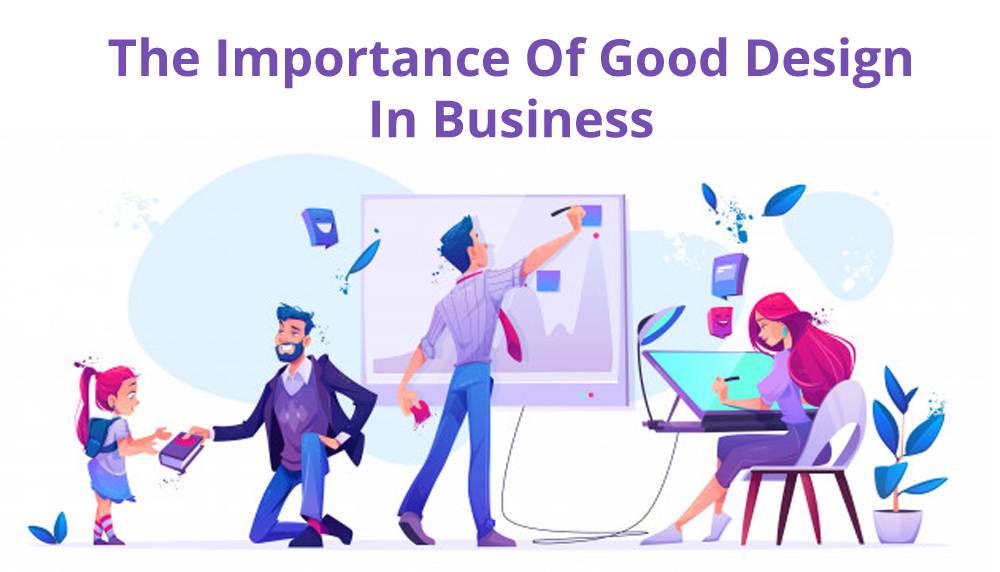
Over the years, Design has opened up lots of valuable opportunities for businesses of all sizes. The importance of good design in business is usually underestimated. But it is essential to state that good Design can bring out considerable business benefits for your business.
During the research and prototype stages of the design process – right before the creation or building of a minimum viable product (MVP) – new product ideas may be generated. And by the time you create the minimum viable product and push it to the market, you will be able to discover the needs and preferences of your customers, based on the feedback you receive. There is a need to understand the importance of good design in user interface and incorporate this in your plan
Design can help you turn these new product ideas obtained from the feedback of your customers – and the ones generated during the prototype stages – into competitive and highly innovative services and products that will be suitable for your target market.
You can also ride on the power of design to make your entire business processes more effective and efficient, thereby strengthening your marketing approach.
In this article, you will learn the importance of design in business, whether it's a startup or a fully established business. You will also learn how companies use Design and how you can even make it part of your business strategy.
The Difference between Marketing and Design
Marketing and Design hold different meanings to people depending on their professionals and mindsets. However, what is very obvious is that you must have a product if you want marketing and advertising to work for you or help you. If you don't, no amount of marketing can do anything for you
What may help in this instance is Design, which can be said to the approach to new product development and business strategy. This is referred to as ‘Design Thinking.’
How Designers Think
Design thinking is a form of problem-solving that is available to anyone. The most important aspect of Design is starting with the end-user and then work everything backward right from the moment of end-use.
This means that human-centered Design is right at the core of design thinking. This is how industrial designers, as well as interface designers, think at all times. Management professionals can, therefore, try on design thinking by making use of design sprints, empathy techniques such as user observation, and design prints.
The Design of a product, whether hardware or software, usually includes the way it looks, functions, interacts with users as well as how it is made. All these factors have to be put into consideration when the product is undergoing construction.
They must also be done incredibly well, or else the product may end up gaining a bad reputation or not selling at all. It is therefore not enough for a product to have a powerful aesthetic appeal because if it fails in other aspects, the product will not sell as well.
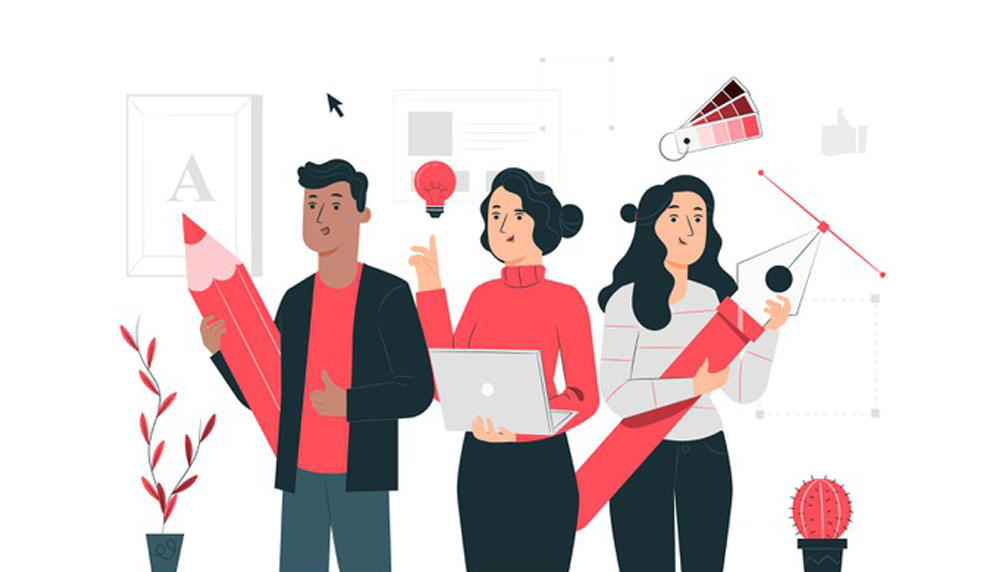
How Marketers Think
Marketing is all about finding a group of people so that you can effectively communicate with them efficiently. Design, on the other hand, sees people as individuals. It focuses on pleasing just one person and extrapolating that to other individuals within the target market.
Business Benefits of Design
Studies show that using Design significantly improves business performance. If you undervalue the importance of Design in your business, you may be missing out on vital opportunities.
Big organizations and even startups can enjoy a wide range of commercial benefits if they systematically use Design in their day-to-day business strategies. Your business may also enjoy the same measure of improvement if you use Design. Other importance of design in business includes:
- A more robust identity for your business
- Increased sales of your services and products
- Greatly minimized time-to-market for new services and products
- Significantly enhanced market position relative to your competition
- The opportunity and ability to create new services and products in order to open up new markets
- Excellent customer loyalty with tons of positive feedback and far fewer customer complaints
Now that we know the importance of design in business let's take a look at its importance for the product.
Why Design is Important for a Product
Businesses use Design in two primary forms: Design for customers and Design for efficiency. Let's take them one after the other to understand why design is important for a product:
-
Design for Customers
The effective use of Design in your business will give your customers an excellent reason to pay for your products or services, and not from your competitors. This is why most experts consider design as an invaluable source of differentiation. If a service or product is well-designed, it will stand out from the competition.
Moreover, Design significantly adds value to services and products. Well-designed products often attract lots of attention from customers. Most customers are even more than willing to pay more for well-designed products or services as long as it helps them solve their problems or make life easier for them along with other benefits such as improved aesthetics, enhanced functionality, greater usability, etc.
-
Design for Efficiency
As a business owner, you need to know that Design offers much more than enhancing your services and products. Besides these, Design can have a significant impact on the way your business runs or operates.
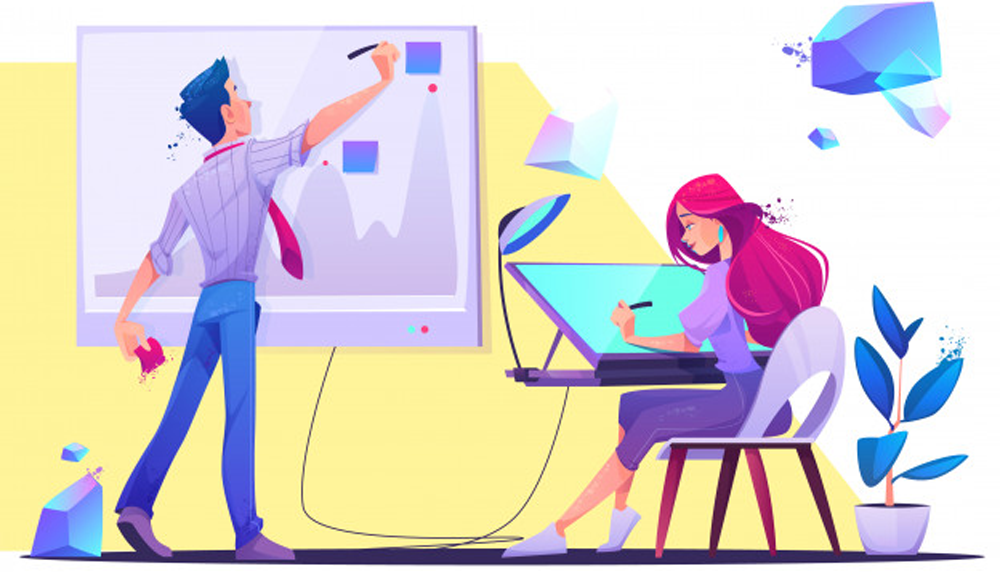
The Principles of Design
The following are some of the principles of good Design:
Good Design Helps to Make a Product Useful
A product is created to meet or satisfy particular criteria functionally, aesthetically, and psychologically. All products are bought in order to be used. When a product has good design, it accentuates the usefulness of the product while discounting anything that could perhaps detract from it.
Design Makes a Product Understandable
Design quickly clarifies the structure of the product, thereby making it self-explanatory.
Excellent Design is Innovative
The possibilities of innovation can never be exhausted. And thanks to technological development, which continually improves day by day, new opportunities for highly innovative Design, come up from time to time.
But then, innovative Design develops in tandem with the latest innovative technology. This is why it can never be an end in itself.
Good Design is Aesthetic
The aesthetic quality of any product inherent to its usefulness sine products that we use day by day affects our well-being. However, only well-executed objects can be astonishingly beautiful.
Good Design is Thorough
Nothing is left to chance when it comes to good design. Both accuracy and care in the entire design process show the utmost respect towards the consumer or user.
Design is environmentally-friendly
A good design must contribute to the betterment or preservation of the environment. It minimizes visual and physical pollution throughout the lifecycle of the product while conserving resources as much as possible.
Good Design is also long-lasting; avoids being fashionable as much as possible, thereby preventing it from appearing antiquated. It lasts for many years, quite unlike trendy Design.
Design Makes Your Product Visible
An average person sees a lot of ads on a daily basis; from social media feeds on various platforms to the several banners on many websites, marketing is everywhere.
Nearly everything is demanding for attention these days, and the only way to successfully attract and hold the attention of your target audience is via elegant, eye-catching, and highly persuasive Design.
This is what separates successful marketing from every other thing that is bombarding your potential customer in the digital space. And that is why the impact of good design can never be overemphasized.
Social media has become a predominant force to be reckoned with these days, especially when it has to do with how products are marketed. And of course, for now, the social media landscape is king. Videos, gifs, and photos are the most shared items on every social media platform. And they rely heavily on Design in order to be absolutely engaging.
Marketing is that conversation that you typically have with your target audience or customers in order to engage them with your product. Branding is a unique personality that you project when having that conversation.
But in this age of social media, excellent or highly impressive Design can be that astonishing element that will push your organization forward. It can be the differentiator of your product or the very first impression you make when you successfully connect with your target market.
However, what you should bear in mind is that Design can play a significant role in why your target market or audience converts. Conversion Rate Optimization (CRO) is, in most cases, driven by concise and strategic design decisions.
For instance, merely changing the location of a button on a webpage or the color can surprisingly yield considerable increases in conversions along with other desired customer behaviors.
Design decisions like these are usually responsible for the experience that your target audience has as soon as they interact with your service or product. It makes the entire purchase process more viable and easier for your customers and also helps in providing vital information that can significantly impact every aspect of your business.
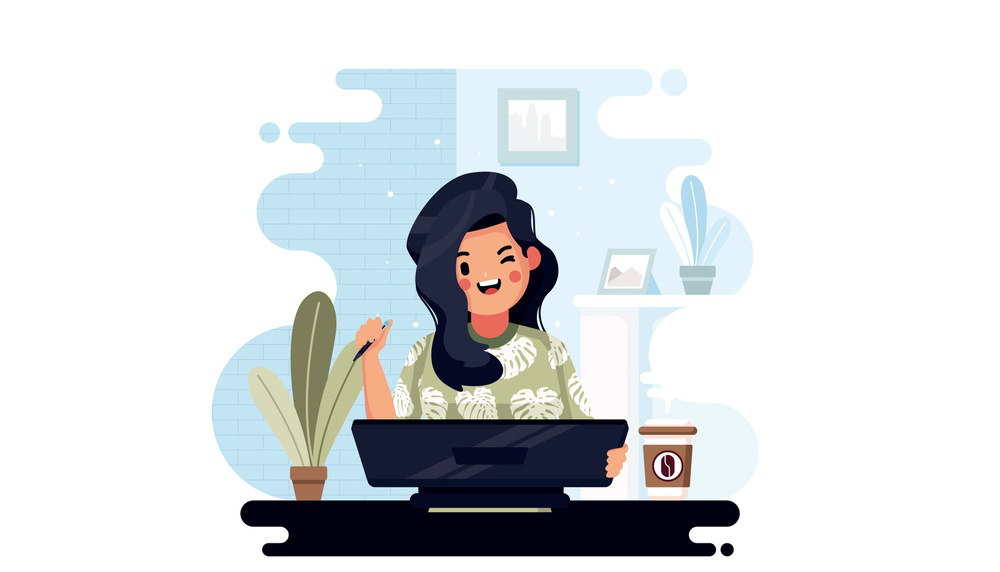
Design Promotes Your Brand
First off, your customers can easily recognize the difference between bad and good Design. They do, even if you don't have any proof that they really do.
The first question you should always ask is what is a potential customer's first experience with your business when they come across your marketing material? Does your Design communicate how valuable you or your product is?
The truth is that you have very few seconds to convince a prospective customer to stick around to learn more about your product or what you are offering before something else grabs their attention. Good Design, therefore, engenders confidence in your business.
Have you ever visited an outdated and cluttered website? How did you feel: confident in the company to meet your needs or put off almost immediately? That is what Design will do for your product; it is virtually the face that your business shows to the entire world.
Clean, compelling, and highly professional Design connects and communicates the value of your product or business to a potential customer. It can create confidence in your professionalism as well as your quality.
Design is so powerful that it can even spur a thread or dialogue that your target audience can participate in. It can also draw in your customers and even guide them along with experience.
Design Drives Conversion
When building a marketing campaign for your product, the key question should be "How do I create engagement with the customer, and how do we convert that engagement to our desired outcome?
How does a simple call-to-action become a sale? How does experience with something that is not more complex than an ad grow brand loyalty? What you need to know is that Design is beyond excellent copy and concept; it is what makes your pitch and then develops it into an emotional response from your client or customer.
The images that are connected to your brand, how your marketing flows, the shapes, colors, as well as the 'feel' of your business in the eyes of your target customer, are – in most cases – exclusively and heavily dependent on your Design.
Now we have a clearer picture and understand why design is important for a product.
How Businesses Use Design
Businesses use different types of designs, including:
- Product design (which includes ergonomics)
- Packaging design
- Engineering design
- Exhibition design
- Retail Design
- Website and interface design
- Graphic design
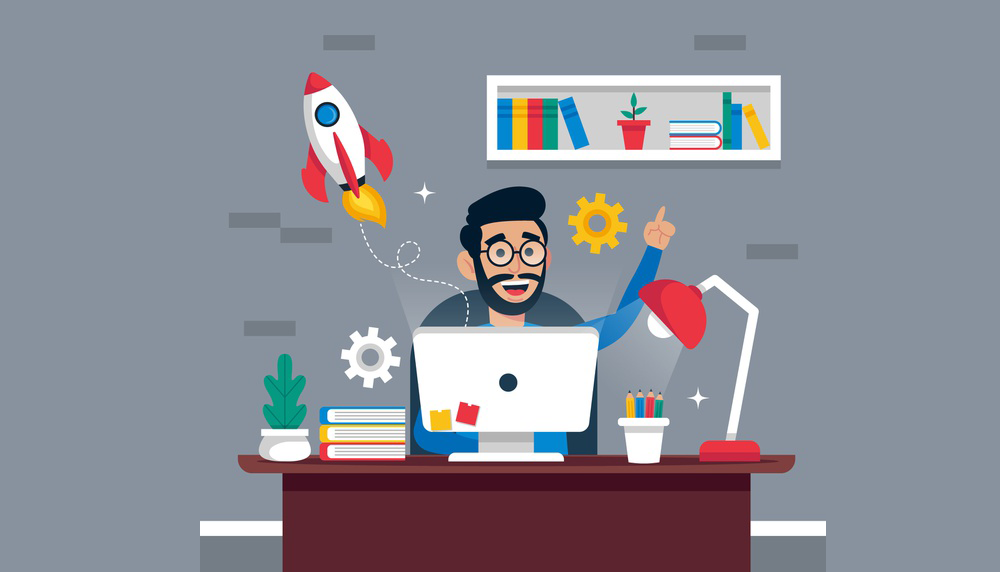
Making Design Part of Your Business Strategy
You don’t need to be an expert designer before using Design strategically in your business. What you need to do is to look for new ways to meet the needs of your customers using Design. Making even minor changes in your current design patterns can bring about considerable rewards for your business.
The following steps will help you to use Design even more strategically:
- Start looking for areas in your business where you have missed design opportunities.
- Quickly pinpoint how and where Design is presently being used in your business.
- Identify several ways of improving the design process in your business. This may include making use of a professional design consultant or increasing the involvement of the management, etc.
- Make sure design considerations are a prominent part of all your business plan meetings.
As you can see, Design holds a crucial part when it comes to the creation of a product. The importance of good design in user interface, as well as the impact of good design in your business, should never be taken lightly.
And these reasons are more than enough to let you know why Design is important for a website and application, too.
.png)

